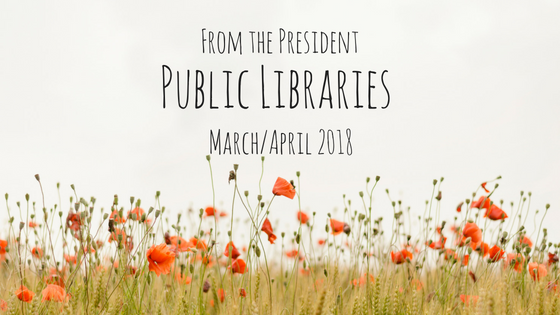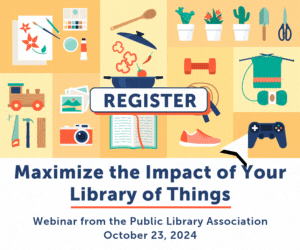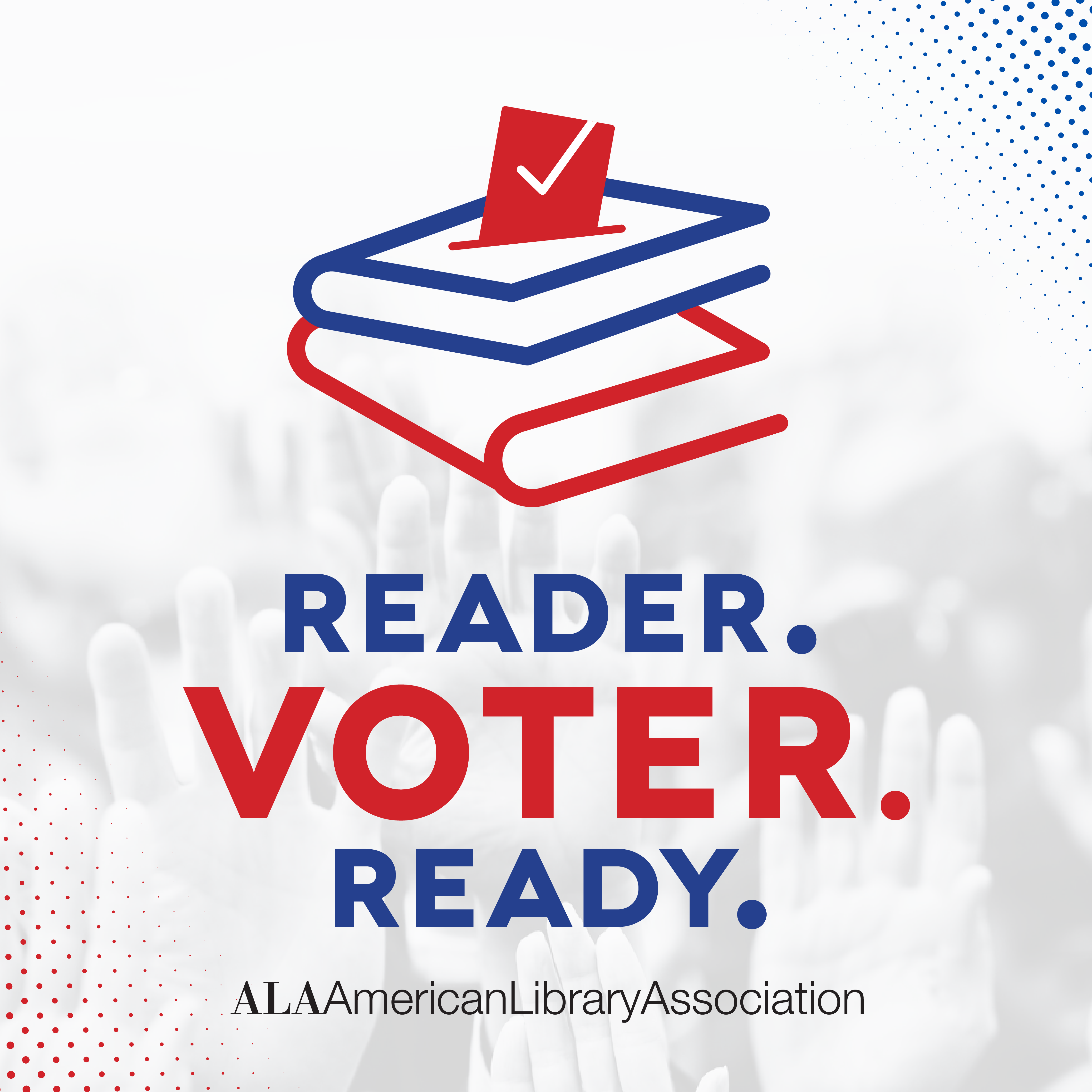Courage to Evolve

Recently, we hosted visitors from a public library in Texas. The library director, the mayor, and their finance officer toured several of our libraries and spent time talking with our team members. After asking us some thoughtful, probing questions about the philosophical underpinnings of our services, the mayor noted, “You need to come up with a new noun. My image of what a traditional library looks like has just been challenged, and what you are doing here is not a library—it is something else. It is intriguing and challenging, and I want to spend time here, but what you are doing needs a new name.” I challenged him to help us invent a better descriptor.
At Anythink, we have focused our resources to create a cohesive customer experience that centers on informal learning. Like museums, we have studied how people use the library. We create spaces to support people who drop in to pick up a book or simply want a community environment to think or work. We also create experiences for people to learn, create, and collaborate. Our team develops resources for people who use the library as a toolbox in their quest for mastery of a topic or skill. We diligently attempt to help our community understand how the library is evolving. Public libraries are much more than places to check out books. They are places to learn, and learning today includes—but is not limited to—reading books or blogs, experimenting by watching YouTube videos, and engaging with experts. That said, the rich tradition of sharing and connecting people to information is what anchors libraries as community cultural and education centers.
This trend captures a challenge that libraries have been wrestling with for years. As we evolve, some communities hold on to the concept of the traditional library and hinder our ability to create flexible change. Many public libraries are rethinking their services, spaces, programs, and collections. Some community members find it challenging when libraries introduce new concepts, including makerspaces, digital learning labs, and circulating collections such as tools, sewing machines, laptops, and bakeware. Libraries can meet community needs with a variety of flexible solutions. We not only have a seat at the table—in many cases, we are the conveners. This shift can feel uncomfortable for those who consider the library as a place for books.
John Palfrey, chair of the board of trustees of the Knight Foundation and head of school at Phillips Academy in Andover (MA) notes in his book BiblioTech, “Those of us who care deeply about the future of libraries are too likely to rely on the deep nostalgia about libraries rather than take risks and invest now in a bright future. The temptation to rely on nostalgia is understandable. Survey after survey, anecdotal [encounter] after anecdotal encounter, shows us that people ‘love libraries.’ Just as we all love the memory of the childhood experience, we love the idea of libraries in general. Often it feels like a patronizing sort of love.” He concludes, “Libraries must create new nostalgia. . . . The purpose of renewed investments in libraries should be to establish new services and ways of discovering and accessing knowledge.”1
As public libraries create this new nostalgia, we must find the courage to take risks and to lead our communities to understand the value of the public library in the twenty-first century. Moreover, I increasingly believe that our measure of success is not about how many books are circulated or how many people attend our programs, but by the quality of life in our communities.
Reference
- John Palfrey, BiblioTech: Why Libraries Matter More than Ever in the Age of Google (New York: Basic Books, 2015), chapter 1.
Tags: community building, nostalgia









